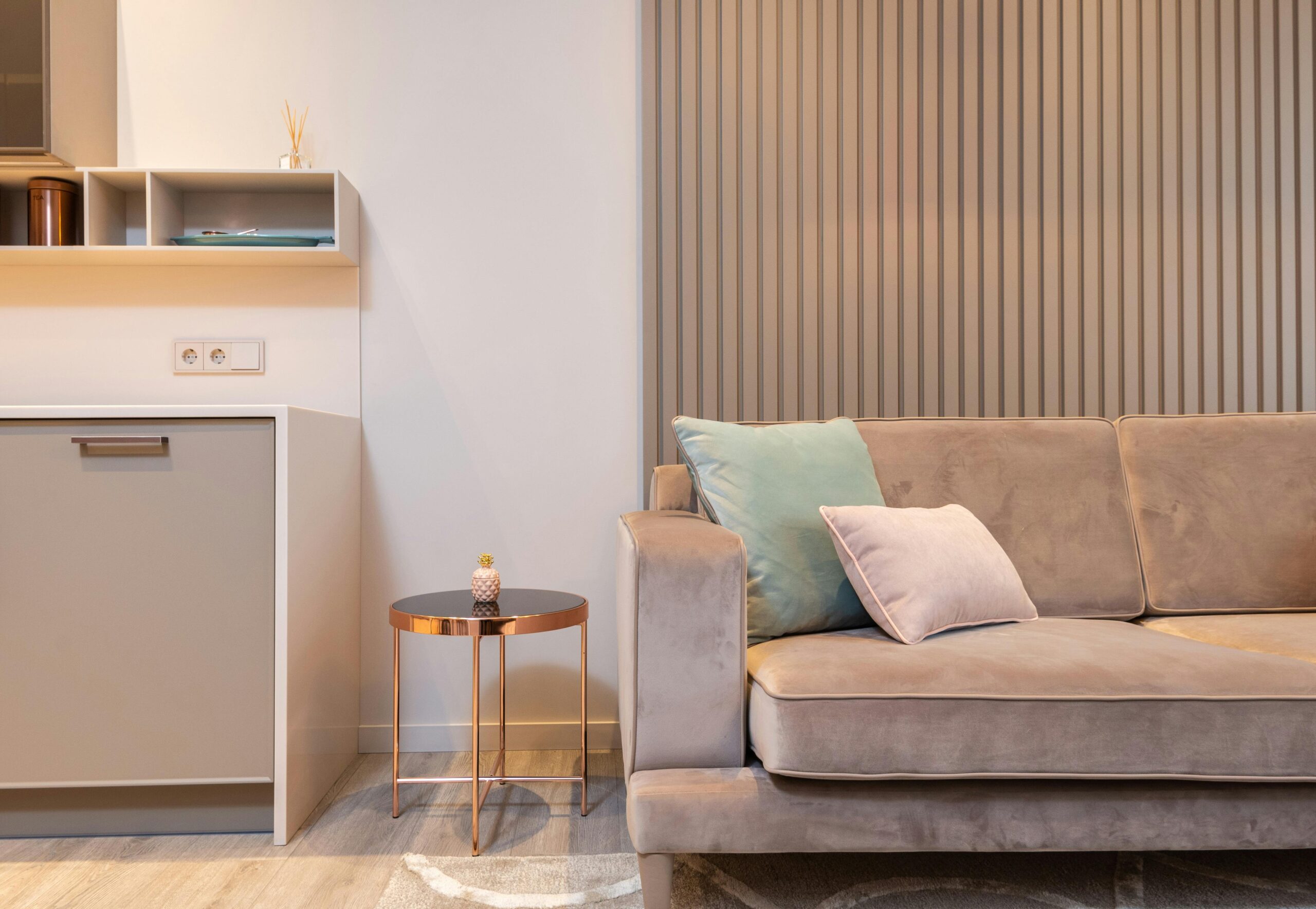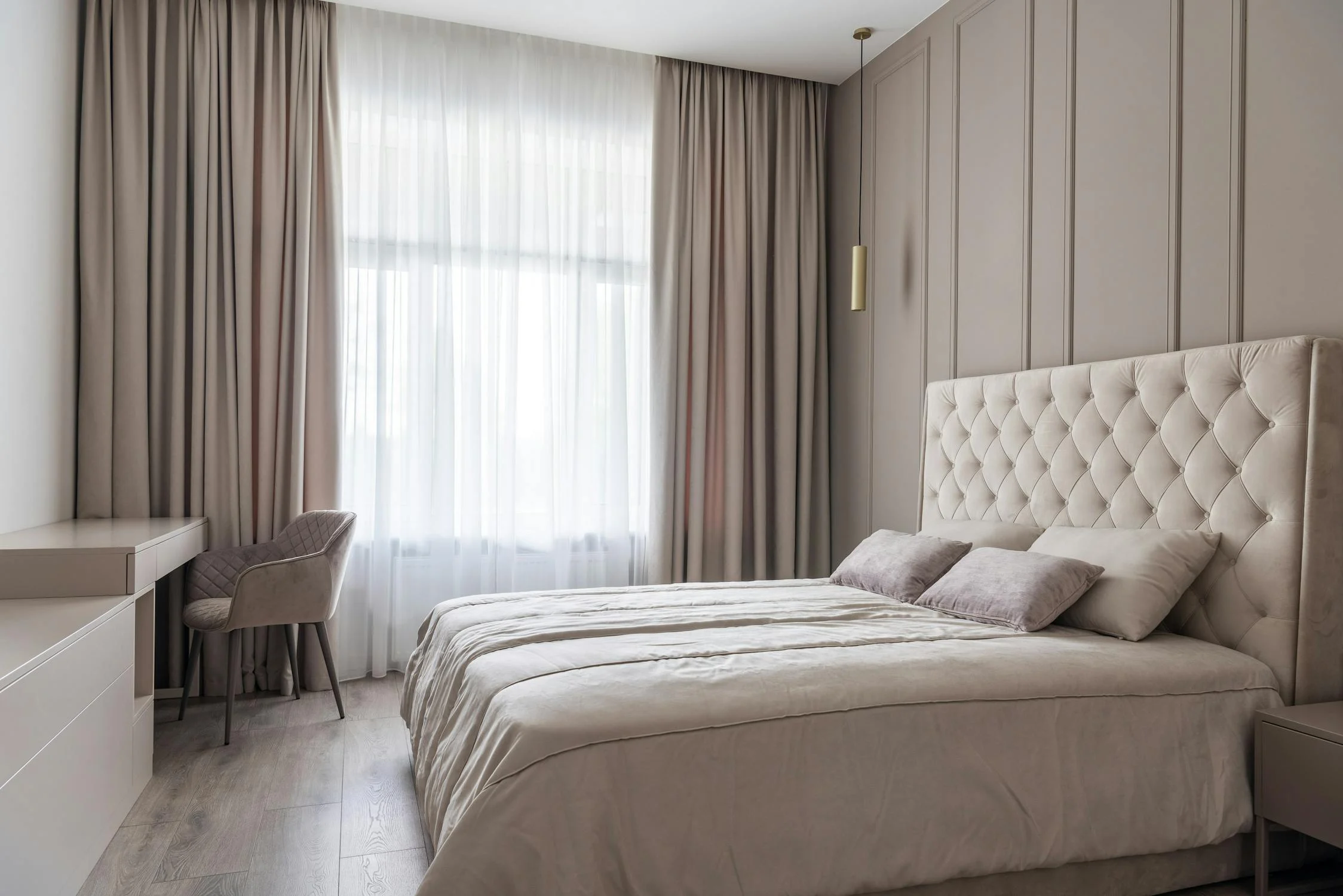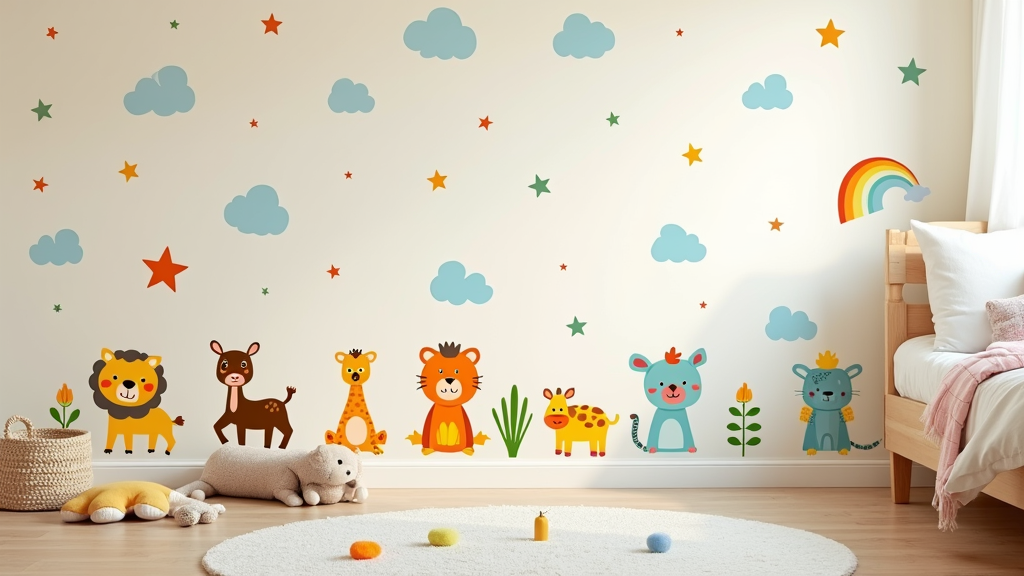Wall paneling kits have become a practical option for anyone looking to give a space a fresh update without a big, messy renovation. These kits bundle up everything you need: precisely cut panels, fixings, adhesives, and straightforward instructions. That means you can pull off a professional look on your own, minus the need to hire a carpenter. If you ever wanted to add character, texture, or a splash of colour in a way that’s less permanent than paint, wall paneling is definitely worth checking out.

Why Use Wall Paneling Kits?
Wall paneling kits are a real win for DIY projects since you get everything in one box. There’s something reassuring about getting panels pre-cut to fit your wall dimensions, saving you a ton of time and eliminating awkward angle calculations. Most packages also include the right tools, fixings, and adhesives. If you’re experienced with saws or want more customization, some kits let you cut panels to size yourself. Homes with uneven walls or many electrical outlets often benefit from kits you can trim for a tailored fit.
But paneling isn’t just about quick updates for style. It can totally change the mood of a room and add both visual and tactile interest. With panels, you can play around with colour by painting or wallpapering only the panels, instead of the full wall. That makes them perfect for renters or anyone who likes to switch up their look often. Plus, the added texture makes the whole space feel more lively and welcoming.
Types of Wall Paneling and Where They Shine
Wall paneling comes in many different styles, each bringing its own personality and practical perks. Here are some of the most popular types, along with suggestions on where to use them.
Tongue and Groove Panels
Tongue and groove panels have interlocking edges, which makes installation a breeze and results in a tidy finish. These panels can be moisture-resistant with the right material, which makes them great for kitchens, laundry rooms, or bathrooms. They create a cozy, slightly coastal feel, and the shadows between the boards give subtle depth. The look is classic, yet keeps a space from feeling too sterile.
Shiplap Panels
Shiplap originally came from shipbuilding, but now it’s a staple in rustic barnstyle interiors, like charming Cornish cottages with those welcoming, horizontal lines. Shiplap panels overlap, which helps with insulation and creates nice shadow lines. The style works well in bathrooms, entryways, or really any room where you want a warm, chill vibe without extra fuss.
Wainscoting
Wainscoting covers the lower third of a wall and was once seen mostly in English cottages and old homes. It’s excellent for protecting against scuffs and adding a touch of timeless charm to hallways, dining rooms, and spaces that need a simple but classy upgrade. Modern kits make installation less intimidating—you don’t have to be a woodworker to get it right.
Slat Wall Panels
Slat wall panels have grown super popular for feature walls and accent areas. The individual slats can be spaced or set right next to each other, depending on your taste. Slat walls work well as focal points behind TVs or beds, and in bathrooms where you want a restorative, spa-like mood. Slat panels look amazing when paired with clever lighting, such as uplights or LEDs behind the slats—this brings out dramatic shadows and next-level cool effects.
Beadboard
Beadboard is a classic if you want a timeless cottage feel. The vertical lines make walls look taller, helping small rooms or nurseries look more spacious. Beadboard is great with mural decals or bold colours, especially in children’s rooms where you want something playful but easy to update later as interests change.
Board and Batten Paneling
Board and batten is all about simple drama: thin battens attached over the seams of wider boards for a geometric, repeating effect. It works beautifully in everything from modern lofts to traditional living rooms. DIYers will appreciate kits that include battens and suggest possible layouts, making the transformation straightforward. The look is bold, yet easy to achieve when everything’s in one package.
Geometric Wall Panels
For a more modern edge, geometric wall panels let your wall double as artwork. Precut shapes—hexagons, triangles, or custom patterns—let you create unique styles, from symmetrical designs to a more random, playful effect. Many kits even give you layout guides and all pieces needed. This option is perfect if you want to bring in fresh color and dimension without changing the whole wall.
Dado Rails
Just adding a simple dado rail horizontally across a room can completely transform how it feels. Dado rails visually divide the wall, making it easy to use two different colours or materials together. They’re an ideal touch for stairways, hallways, and living rooms, lending subtle architectural detail. Kits offer an easy install: just measure, stick in place, and use a level to ensure everything lines up. It’s a small step, but gives your space a more finished look.

How to Choose the Right Wall Paneling Kit
Deciding which paneling kit to buy really comes down to your goals. Are you after a quick refresh or a head-to-toe transformation? Some kits have everything measured and precut, including trims and fixings, so you can get right to work. Others provide larger boards or slats for you to cut and customize—perfect if your walls aren’t standard sized or you have lots of doorways and obstacles. If you’re newer to home improvement or want to minimize mistakes, full kits give you a confidence boost and limit wasted materials.
For eco-friendly choices, look for kits made from responsibly sourced wood or recycled materials, especially among MDF options. Paintable panels offer flexibility for anyone who loves to redecorate, while prefinished kits are great if you want minimal mess and no paint fumes. If you care about indoor air quality, doublecheck the adhesives and finishes. Some modern paneling products come with lowVOC certifications.
Installation: What to Expect
Most wall panel kits ship with easy-to-follow instructions, making setup smooth even for beginners. Typically, you’ll start by prepping the wall—removing old wallpaper, cleaning thoroughly, and perhaps lightly sanding so everything sticks better. For customfit panels, measure and mark everything before gluing or nailing. Simpler, precut kits just require you to stick up each panel, check your level, and finish the seams with trim or tidy up with caulk. Always let adhesives dry completely before disturbing the panels, so they stay secure longterm.
Usual tools include a measuring tape, level, handsaw or panel saw (if your kit requires cuts), strong adhesive, and caulk to tidy up joints. If you’re working with screws or nails, a basic electric drill or nail gun speeds things along. If you need to cut panels, safety goggles and a dust mask are always a good idea.
Adding Style: Colour, Texture, and Light
Wall panels give you the chance to make a big style impact without permanent changes. You can paint the panels any shade, add bold accents, or use wallpaper between the panels for a custom effect. Some people like to change panels or their decoration seasonally—going for warm, cozy colours in the winter and brighter pastels in spring or summer. The best thing about paneling is its texture. Slats and grooves catch changing light, so the mood of the room shifts throughout the day. For extra drama, install LED strips or indirect lighting to make the patterns really pop and add a modern touch.
The Pros and Cons of Wall Paneling
Paneling brings lots of perks: it’s easy to install, can quickly refresh or upgrade a room, and skips the messy work of plastering or painting an entire wall. It hides imperfections, cracks, or old wiring, and in many cases, the panels can be removed without much fuss if you want to go back to basics. Thicker panels or real wood styles even add a bit of insulation, while all types act as handy protectors for hightraffic spaces.
There are a few drawbacks to keep in mind. Panels do take up a small amount of floor area since they stick out from the wall. Budget kits might scratch or dent more easily than solid wood styles. The best kits—usually real wood or specialty designs—can be pricier. If paneling is installed incorrectly, you may see gaps, warping, or lifting later on, so careful prep is important. Moisture can cause trouble in bathrooms or kitchens; be sure to pick waterresistant MDF or PVC for those areas to head off issues like swelling or rot.
Frequently Asked Questions
Wall paneling is among the simplest ways to add style at home, but lots of questions come up, especially around cost, practicality, and installation.
What is the cheapest way to panel a wall?
Using MDF or plywood cut to size at your local store tends to be the most budgetfriendly option. You can buy the raw panels and cut them at home, or bring your exact measurements for in-store cutting. Stick-on panel kits made from lightweight PVC or MDF are another wallet-friendly pick—they’re easy to attach and you can paint them any colour.
Is it cheaper to do drywall or paneling?
Drywall is generally a little less expensive per square meter, but that can quickly change if you need to pay for finishing, sanding, and painting. It’s also more labor-intensive and time-consuming. Wall paneling kits, on the other hand, can save you both time and labor costs, especially on small feature walls or when you’re handling the work yourself. They’re less messy and easier to replace or remove if you want a new look later.
What is paneling on walls called?
It’s typically just called “wall paneling,” although each style has a specific name: shiplap, wainscoting, beadboard, board and batten, slat wall, or geometric panels. Manufacturers and stores will use these style names to describe their product options, so it’s easy to pick the one that catches your eye.
What are the disadvantages of wall panels?
The main negatives are that budget panels can be easily scratched or dented compared to solid wood. Poor installation can result in panels coming loose or gaps showing. In very moist spaces, using the wrong material might lead to mold or water damage. Panels take up a little room, which can make tight spaces seem even smaller.
Eye-Catching Features That Make Wall Paneling Worth Considering
- Quick Transformation: Instantly brings personality, pattern, or texture. Ideal for home stagers or busy DIYers.
- Simple to Install: Most kits pack in tools and clear instructions, making life easier for renters or anyone after quick changes.
- Flexible Styling: Works with every style—minimalist, rustic, classic, or modern. Mix up colours or experiment with patterns for more excitement.
- Room Tweaks: Vertical panels can make ceilings seem higher; horizontal boards stretch the look of a room side-to-side.
- Wall Protection: Perfect for shielding tired plaster, covering imperfections, or toughening up walls in high-traffic areas.
- Texture and Light: Brings visual interest and plays up changes in daylight, for a lively, inviting look from morning to night.
Wall paneling kits give you plenty of room to try different looks and boost your space with minimal effort. Whether you’re chasing a cozy cottage style, want a feature wall with a modern slant, or just need something practical that goes up fast, there’s a kit that’ll get the job done. Bottom line: It’s a fun, practical, and eye-catching way to change the feel of your home—no sledgehammer required.




